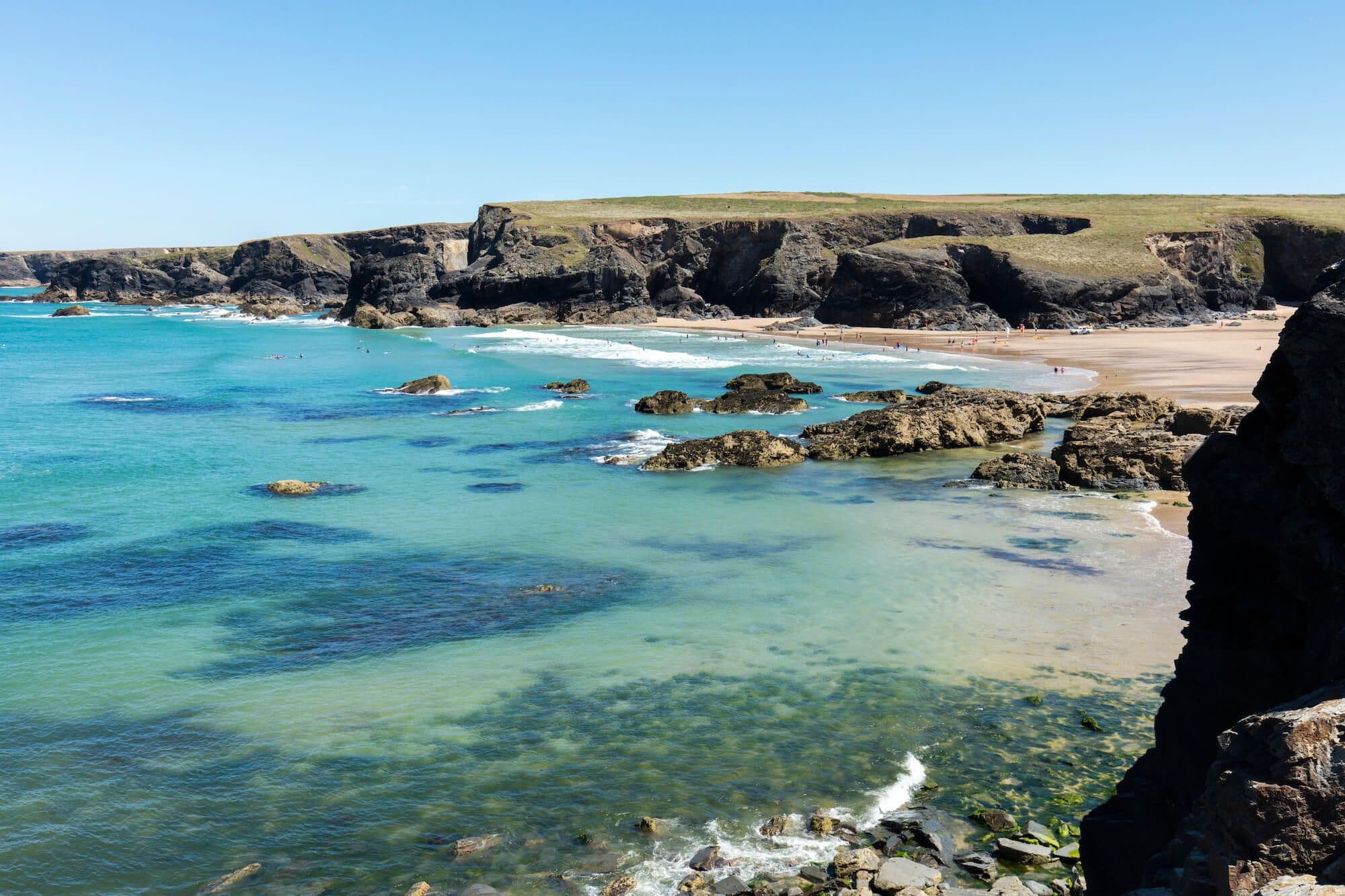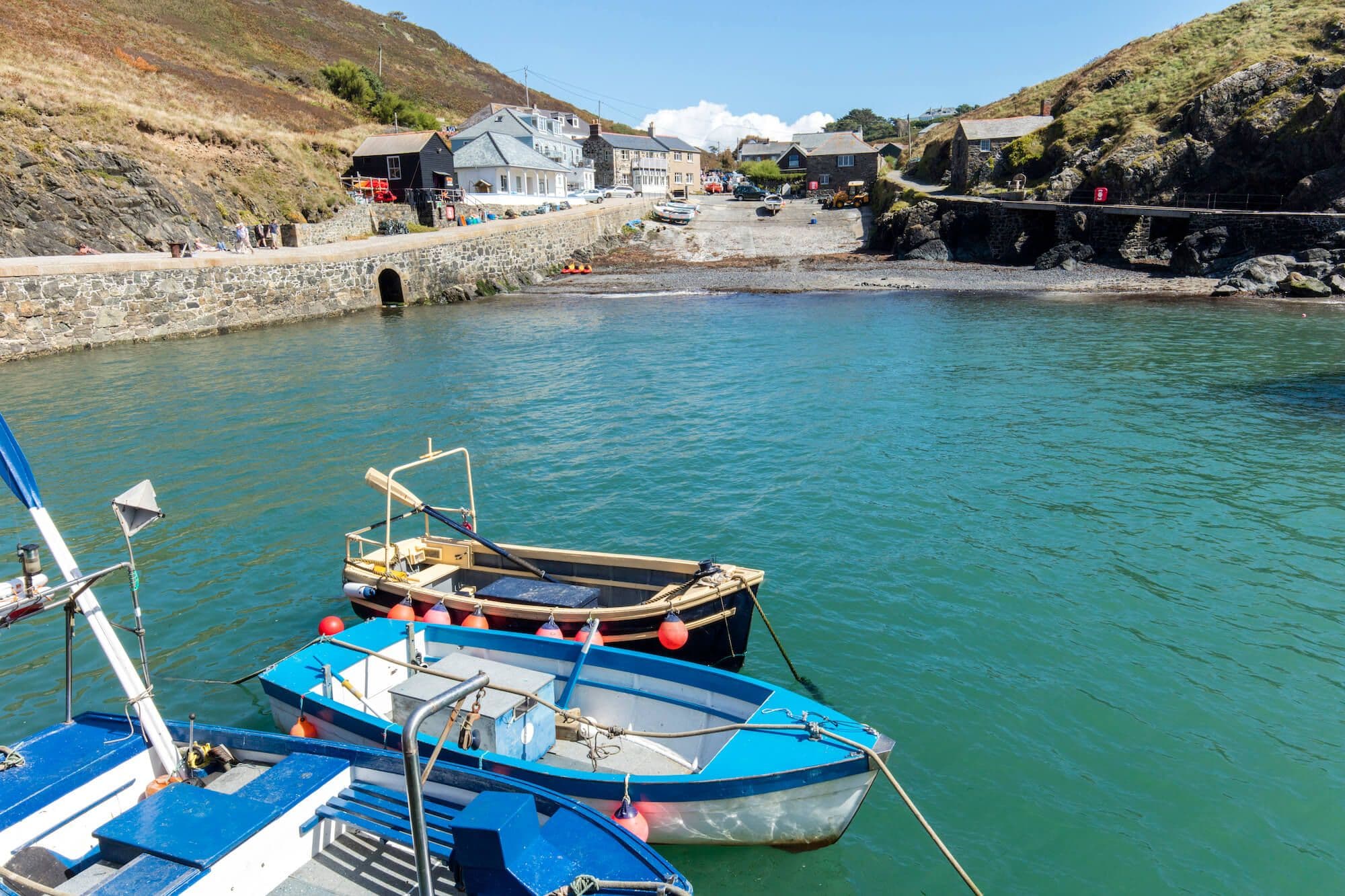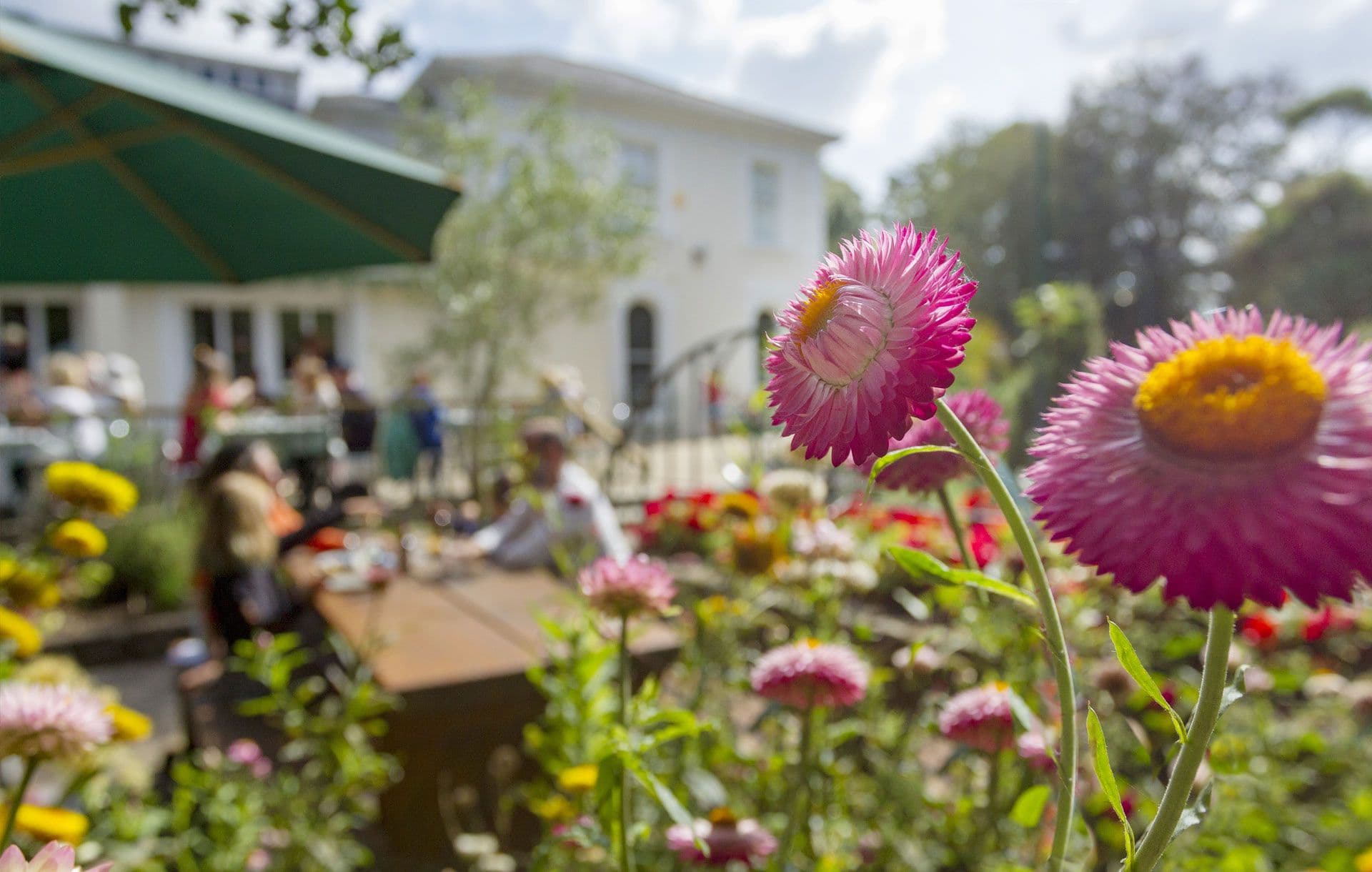Exploring Truro’s Green Spaces
While its Victorian cathedral draws visitors from far and wide, Truro has plenty of appeal for those willing to venture beyond High Cross. Some of its most appealing corners are the wild, green lungs of the city: Daubuz Moor to the north, Coosebean Greenway to the west.
It’s here you’ll find Truro City Council's Countryside Rangers. It’s their job to look after the woodlands and meadows, and they do so with the help of several groups of volunteers and “friends”, often locals who know only too well the value of these outdoor spaces for exercise and mental health.
The largest of their patches is Coosebean at 38 acres. In 2013, a new 1.3km cycle and pedestrian route was opened here; linking western Truro with the city centre, it gives cyclists a safe alternative to the busy A390, and walkers a scenic stroll through the Kenwyn Valley, which sits just behind the urban stretch of Malabar. This is a popular spot for families, thanks in no small part to its charming trail of fairy doors created by John Rowe.
It’s a far cry from when the area was riven with rubbish and anti-social behaviour. Now families visit and feel comfortable here. The community helps to keep it clean and safe, and without a doubt they are helping to reduce the impact of pollution in the city centre.
With only a short stroll from the city centre, you will find Daubuz Moor. Bound by the River Allen, Daubuz Moor’s 18 acres were bequeathed to the city the Rev C Enys in 1977, as a joint celebration of the Queen’s silver jubilee and the centenary of Truro being granted city status by Queen Victoria. Named after influential tin smelter Lewis Charles Daubuz, the area had been used for grazing and recreation, and during the 19th century adjoined Moresk flour mill. It is spanned by the railway viaduct dating from 1904, with 14 freestanding pillars all that remains of Brunel’s original wooden structure.
No fairy doors here, but wooden posts pointing out the huge variety of wild flowers, including an ever-growing spread of southern marsh orchids. The area is extremely popular with dog walkers, and boardwalks have been added to take them closer to the babbling waters. Users are actively encouraged to contribute to an online eco-survey in conjunction with Exeter University, so the city council can keep abreast of the abundant flora and fauna.
The rangers also manage two smaller areas. Glasteinian Woods surrounds the River Tinney and offers a verdant shortcut from the adjacent housing estate to Tregolls School; as with Coosebean, locals have pitched in to clean up a neglected space and transform it into a valued local resource.
A green space at the end of St George’s Road, known informally as John Tann Land after the local resident who donated it, has been transformed into wildflower meadows, with commemorative trees and resting places. From here, it’s a gentle walk across farmland to New Mill, walking back on the other side of the Kenwyn to join up with Coosebean (look out for a corking view of the cathedral).
Visitors should take time to soak up the wildlife and immerse themselves into what a woodland city can provide.
- Truro

Your weekly dose of Cornish cheer!
When you can’t be in your favourite place all the time, catch up on the latest stories, upcoming events, holiday ideas, and offers with a newsletter straight to your inbox. Terms and Conditions / GDPR compliance: by providing personally identifiable information Visit Cornwall will use it to provide you with ongoing information about their products and services. No one from Visit Cornwall will rent, sell or lease this personally identifiable information to other companies or individuals.
Stay connected
Find us on socials and stay connected with the Cornwall you love.
We use cookies to personalise content and ads and to analyse our traffic. You consent to our cookies if you continue to use our website. (Privacy Policy)




